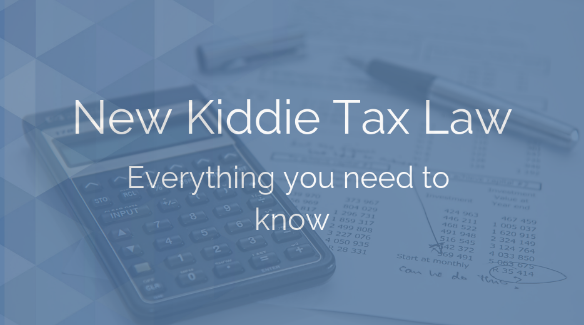

The kiddie tax isn’t just child’s play. Due to recent tax law changes, children with substantial income may end up paying more in taxes than before. Fortunately, you can take steps now to minimize the kiddie tax impact in future years.
Unearned income (e.g., investment income) above an annual threshold that is received by a dependent child under 19 years old (or a full-time student under 24 years old) is taxed differently than the child’s other income. For 2018 returns, the kiddie tax threshold is $2,100.
For 2018 through 2025, the calculation is based on the tax rates in effect for trusts and estates. Notably, the tax brackets for estates and trusts are much more compressed than those used under prior law, when the excess income was taxed at the top tax rate of the child’s parents.
Because you reach the higher rates faster with more compressed tax brackets, the new kiddie tax calculation may produce a higher tax than it did in the past. For example, the top 37 percent tax bracket on 2018 returns for trusts and estates kicks in when income exceeds just $12,500, while the top rate for joint filers begins at $600,000.
Kiddie tax implications are complex. Call your Alloy Silverstein CPA if you have questions about your situation.
Empowering business owners and individuals in South Jersey and Philadelphia to feel confident through proactive accounting and advisory solutions.